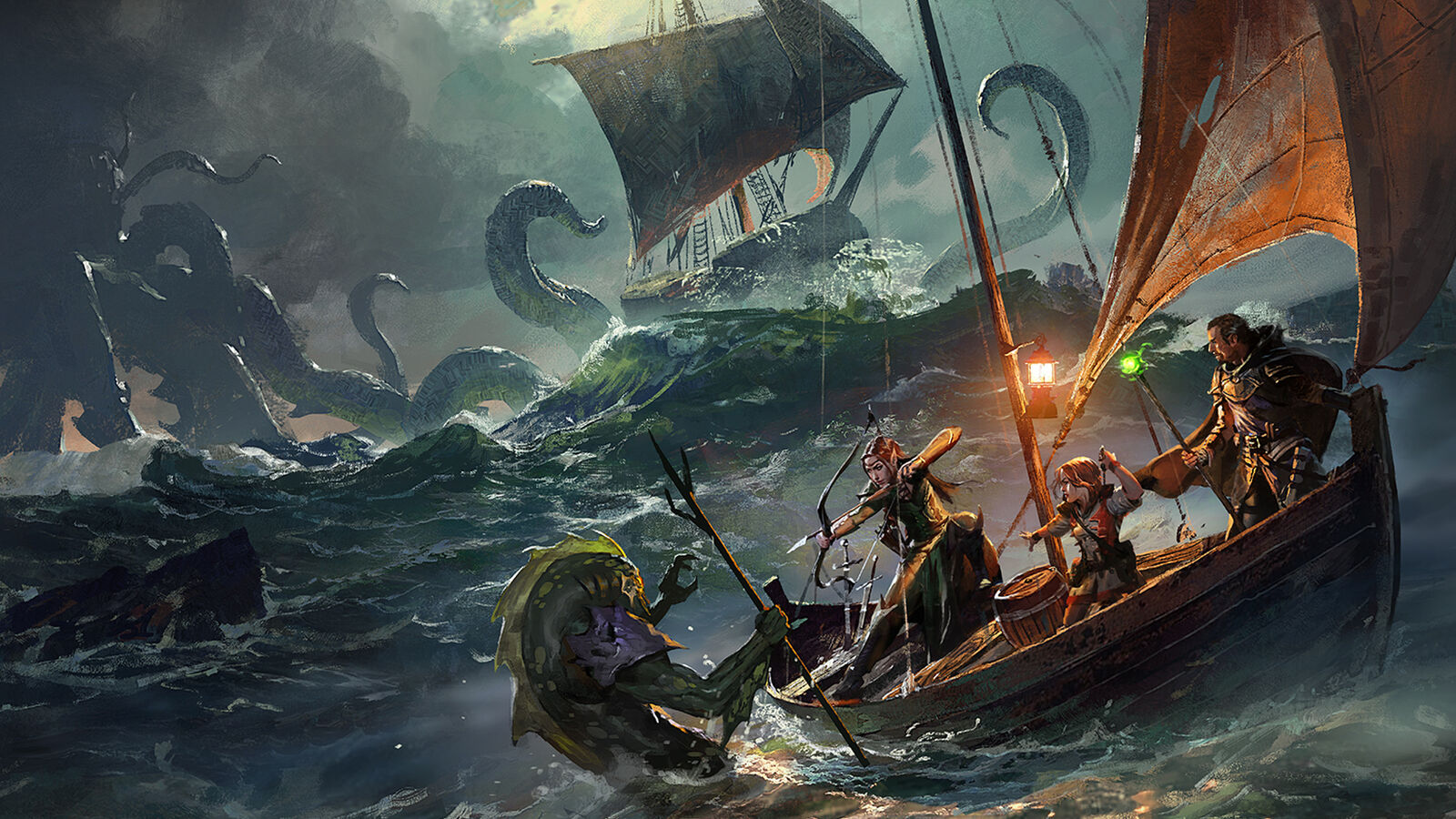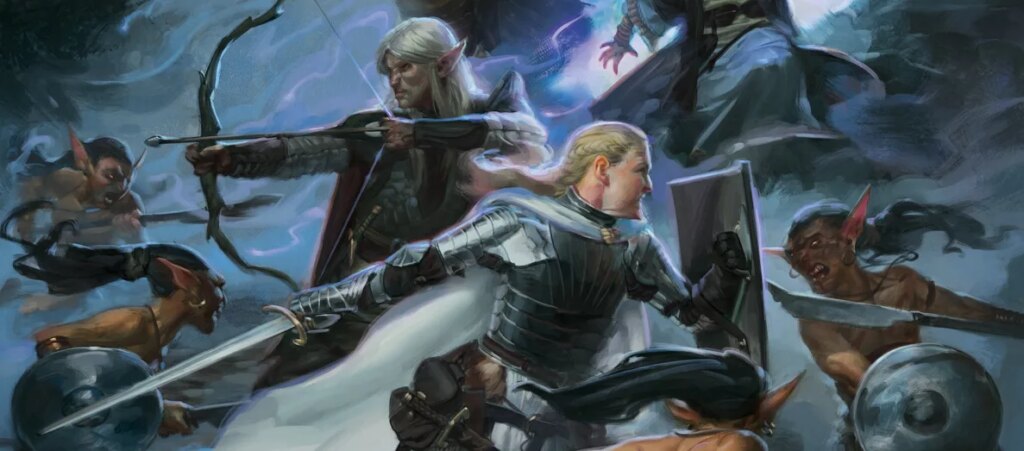credit: Dungeons and Dragons
First off, let me say that, yes, I am a bit of a Dungeons & Dragons nerd. I enjoy the game, I’ve rolled up plenty of characters over the past couple of decades, and it’s been a fun ride and very inspirational game as a writer. But one thing among the many that I’ve noted is that if a balanced party is ever attained in a quest, it’s much harder for the DM to pick off the weak links, and even the random dice rolls don’t always keep the group down since each one of them will understand how to prop each other up when they can and work together to create a unified front against the Dungeon Master, whose job it is to run the game and not actively kill the characters unless there’s no other choice.
It’s all up to the DM as to how things go, but a good DM will take care of their characters and abide by the rules as well as the dice rolls. But the truth is that most parties are hardly ever balanced, as various characters have to become the jack of all trades to bolster whatever talent the party doesn’t have. This is why it’s recommended to know what you’re getting into before deciding upon your character.
Here are five examples of a balanced party in D&D.
5. Desert: Cleric, Wizard, Fighter, Ranger
There are going to be a few classes that will fit in just about anywhere, such as the fighter. Since the fighter is your walking tank, it makes sense to keep them around as they typically have the heaviest armor, the greatest range in weaponry, and the most hit points. It’s always wise to have a healer, so the cleric is hard to do without, while the wizard tends to come in handy in a desert climate as they can move about unencumbered and can remain behind the heavily-armored cleric and fighter. At the same time, the ranger can engage in the melee or remain at a safe distance and provide cover.
4. At Sea: Cleric, Wizard, Fighter, Ranger, Bard, Barbarian
A sea-going adventure is tough since the movement of a ship can affect one’s rolls in terms of the game and what happens. But as always, the cleric and the fighter are the walking tanks, or should be, while the wizard and ranger can fight from a safe distance. The barbarian is also a kind of walking tank, but with far less armor as these are typically big or wild individuals that can fly into a rage when needed to inflict extra damage. The bard could be useful to create magical effects that will bolster their party, but much like the less-armored characters, the bard would need to remain at the back of the battle.

credit: Dungeons and Dragons
3. City: Bard, Rogue, Wizard, Monk, Paladin, Cleric, Fighter
The city is where characters such as the bard, rogue, wizard, and even fighter might thrive since civilization offers a great number of chances to upgrade weaponry and armor and find other items that the party can use. Plus, the adventure takes place in a city. The monk and paladin are nice to have around since, typically, the reputation of both is that they’re calm and level-headed and won’t seek to cause trouble. Of course, every player does get the chance to play their character the way they want, so it’s easy to think that any party could succeed or ruin the chance to complete such a quest by acting in an uncivilized manner.
2. Forest: Druid, Ranger, Cleric, Wizard, Fighter, Monk, Barbarian
A forested area is where the druid and the ranger would feel most at home since these are wild classes that enjoy the feel of nature around them most often. While they will venture into the city and other locations, this is where a druid’s power is the most potent. The other classes can excel in a forested setting as well, as the barbarian might feel more at home, while the cleric, wizard, and monk might find it peaceful in some ways. The fighter is kind of a question mark, but the character would be one more heavily armed and armored individual that would be able to do a heavy amount of damage to the party’s enemies.

credit: Dungeons and Dragons
1. Dungeon: Rogue, Wizard, Cleric, Fighter, Sorcerer, Paladin
In such a setting, pretty much any character might be seen as useful, but a rogue would be ideal since the ability to find, disarm, and circumvent traps would be among the greatest skills to have. If the dungeon in question had any hints of evil or religion-based threats, the cleric and paladin would be smart to have them, while the wizard can typically clear a room with a single spell if they’re powerful enough. The fighter is once again a walking shield, as their utilitarian presence is nice to have around most of the time.

